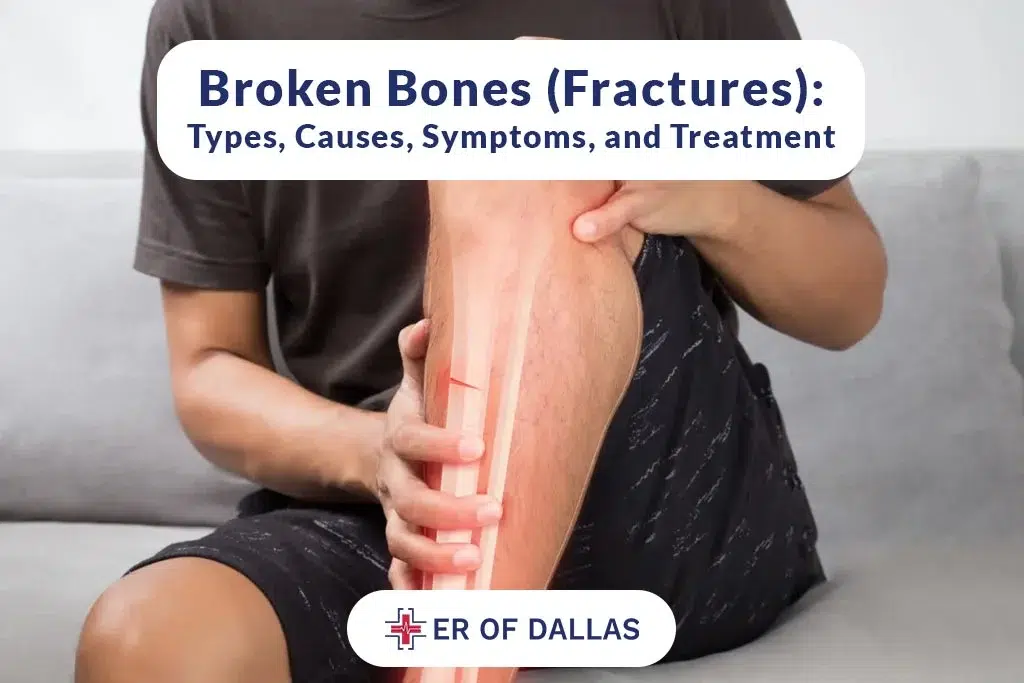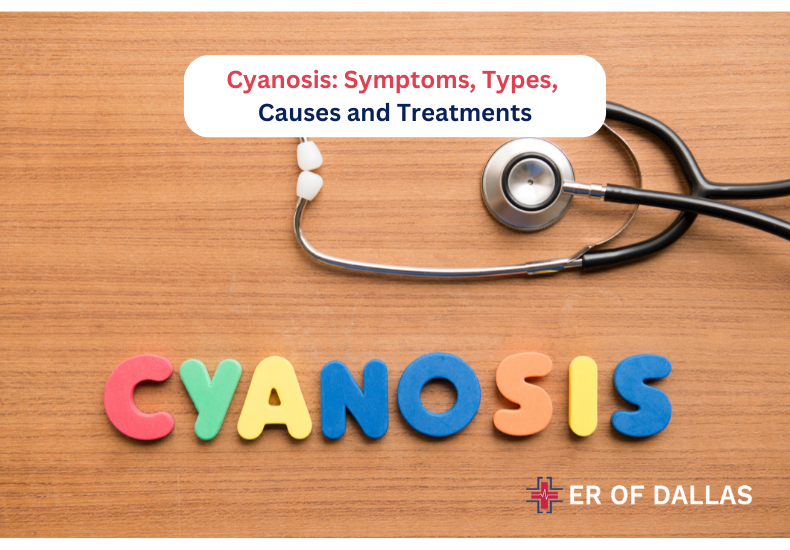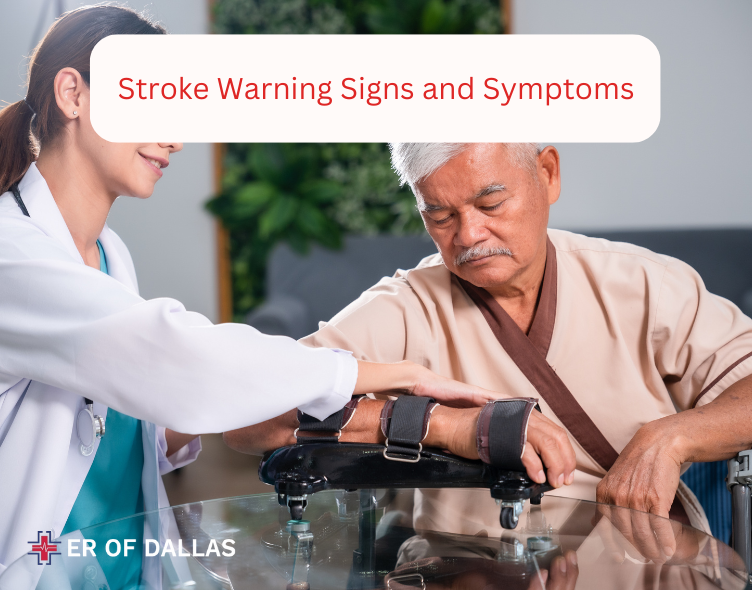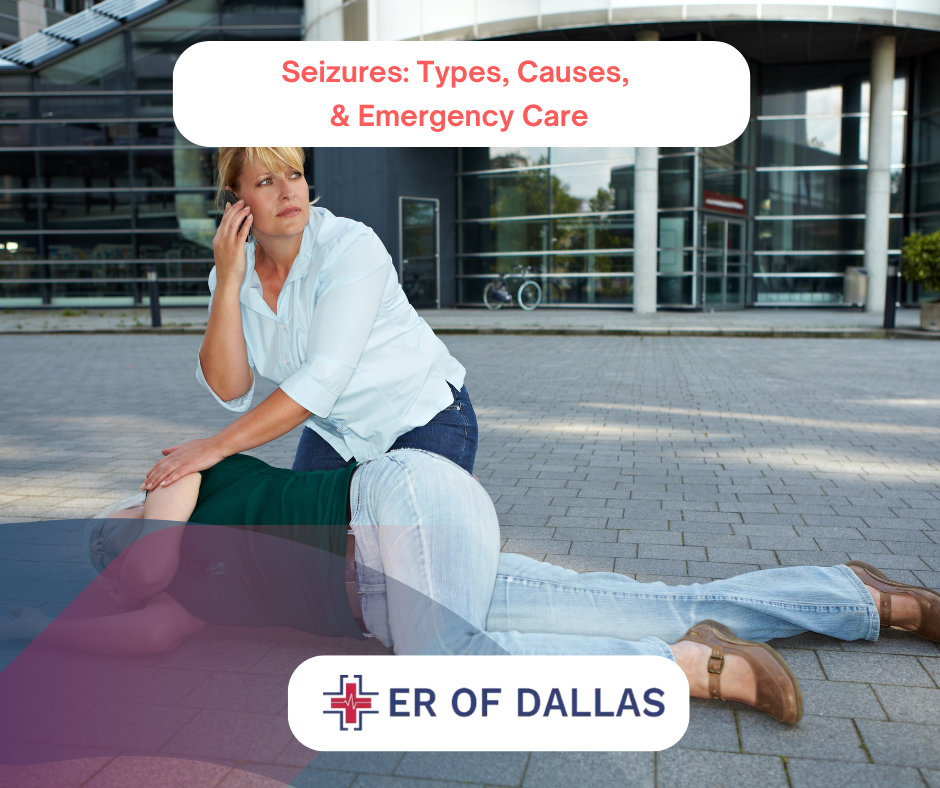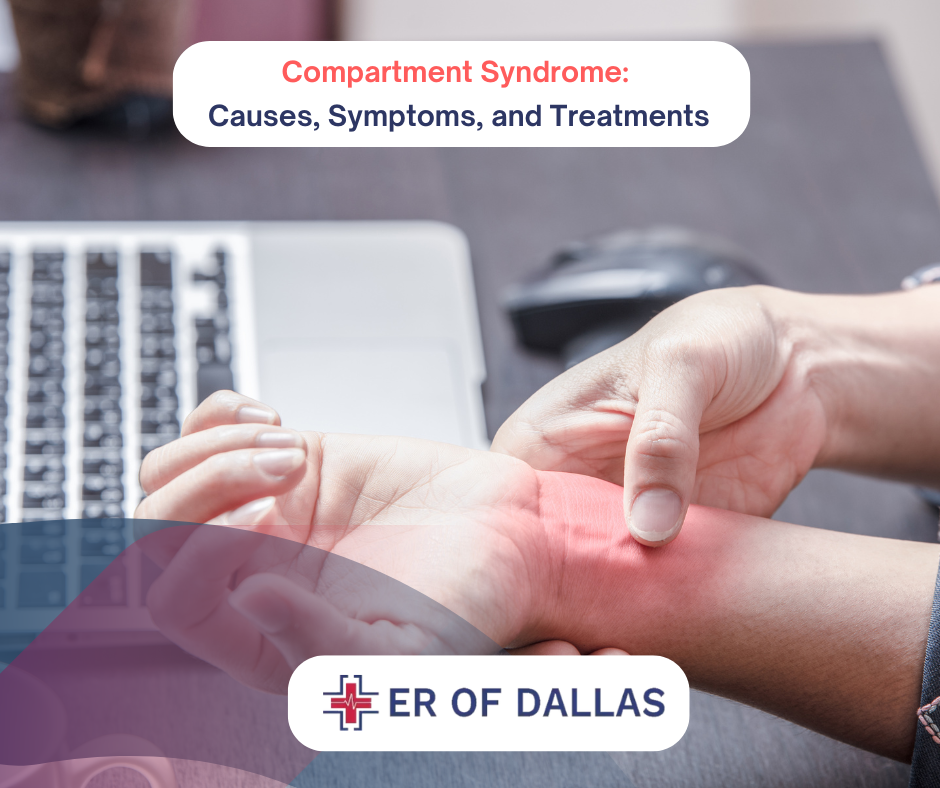A bone fracture is a crack or break in a bone. Bone fractures are usually caused by high-force collisions or pressures. It is possible for people with osteoporosis or bone cancer to get a minor fracture. A condition that weakens bones can result in a pathological fracture. The many kinds of shattered bones, their underlying causes, and available treatments are all covered in detail in this blog.
What Is A Broken Bone?
A complete or partial disruption in the continuity of bone tissue is called a broken bone. Bone fractures can happen to any part of the body.
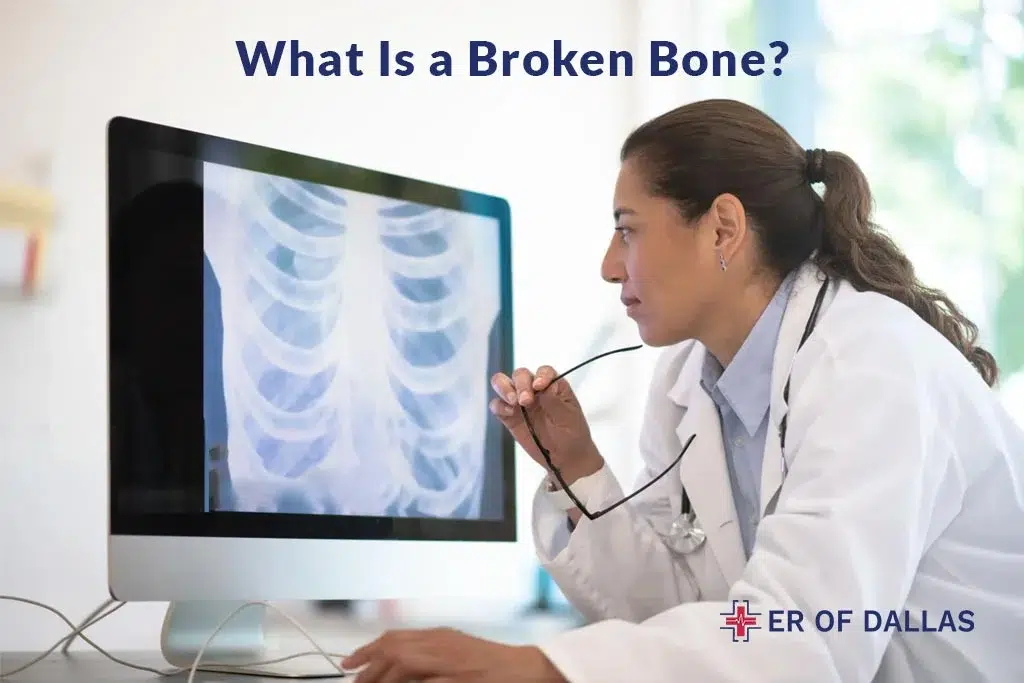
There exist multiple mechanisms by which a bone might break. A closed fracture, for instance, is a break in the bone without any skin tearing or damage to the surrounding tissue. A complex fracture, on the other hand, harms surrounding tissue and breaks through the skin. Because of the increased risk of infection, compound fractures are typically more dangerous than simple fractures.
Who Faces Broken Bone Issue?
Anybody can get a bone fracture. Broken bones are typically the result of traumas such as auto accidents or sports-related injuries. It’s hard to predict when someone will fracture a bone. Your chances of breaking a bone increase if you have osteoporosis.
Fractures that happen suddenly and unexpectedly are more likely to occur because osteoporosis weakens bones. Many people don’t realize they have osteoporosis until one of their bones breaks. Usually, no overt indications are present.
People over 50 years old and those assigned to the feminine gender at birth are particularly vulnerable to osteoporosis. Make an appointment for a bone density test with your doctor to detect osteoporosis early and avoid fractures.
10 Common Types of Broken Bones
The type of broken bones can vary from open to closed, stable to displaced, partial to complete.
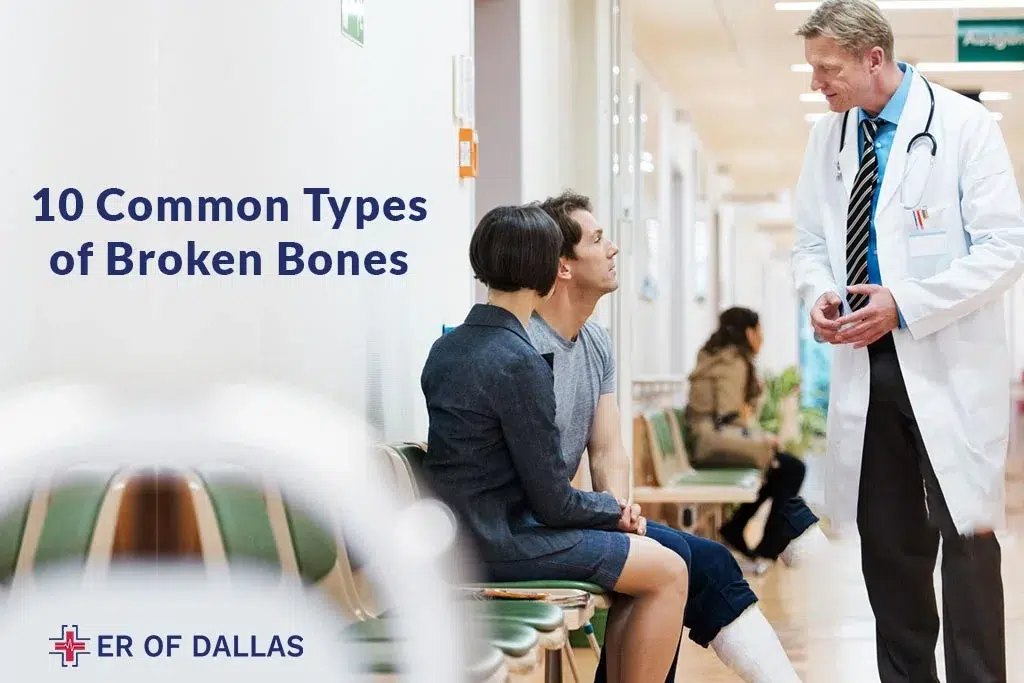
Transverse Fracture
Transverse fractures are breaks that are in a straight line across the bone. Traumatic events like falls or automobile accidents may cause this type of fracture.
Spiral Fracture
As the name suggests, this kind of fracture spirals around the bone. Spiral fractures can occur in any of the body’s long bones, most commonly the tibia, fibula, or femur in the legs. However, they can also form in the long bones of the arms. Spiral fractures can be caused by twisting injuries sustained in sports, in a physical attack, or an accident.
Compression Fracture
When a bone is crushed, it might suffer a compression fracture. The fractured bone will seem larger and flatter than before the injury. Your vertebrae may collapse as a result of compression fractures, the most common kind of fracture in the spine. Osteoporosis is the most frequent type of bone loss that results in compression fractures.
Greenstick Fracture
Young people are particularly affected by this kind of partial fracture. The bone does not break into two pieces; it cracks and flexes. Children are more prone to this fracture because their bones are softer and more flexible.
Impacted Fracture
When the fractured ends of the bone are forced together, it results in an impacted fracture. The force of the injury that resulted in the fracture is pressing the fragments together.
Oblique Fracture
When a break occurs across the bone diagonally, it is called an oblique fracture. The most common type of fracture for long bones is this one. A fall or other trauma might cause a sharp impact to strike at an angle, which can result in oblique fractures.
Avulsion Fracture
When a tendon or ligament tears a piece of bone off the bone, it results in an avulsion fracture. Children are more likely than adults to suffer from these kinds of bone fractures. Ligaments in children can occasionally pull so forcefully that a growth plate fractures.
Segmental Fracture
A “floating” section of bone remains in between the two fractures in the same bone. Long bones, including those in the legs, are typically the site of these fractures. This kind of fracture could result in problems or take longer to heal.
Stress Fracture
Hairline fractures are another name for stress fractures. This kind of fracture can be challenging to diagnose with standard X-rays since it resembles a crack. Running is one of the repetitive activities that can lead to stress fractures.
Comminuted Fracture
A fracture where the bone breaks into three or more fragments is a comminuted fracture. At the fracture site, there are also pieces of bone. These kinds of bone fractures happen following a high-impact trauma, like a car crash.
What Are the Causes of Broken Bones
Strong and durable, healthy bones may survive a remarkable amount of forceful blows. But if you apply enough pressure, they might break or crack.
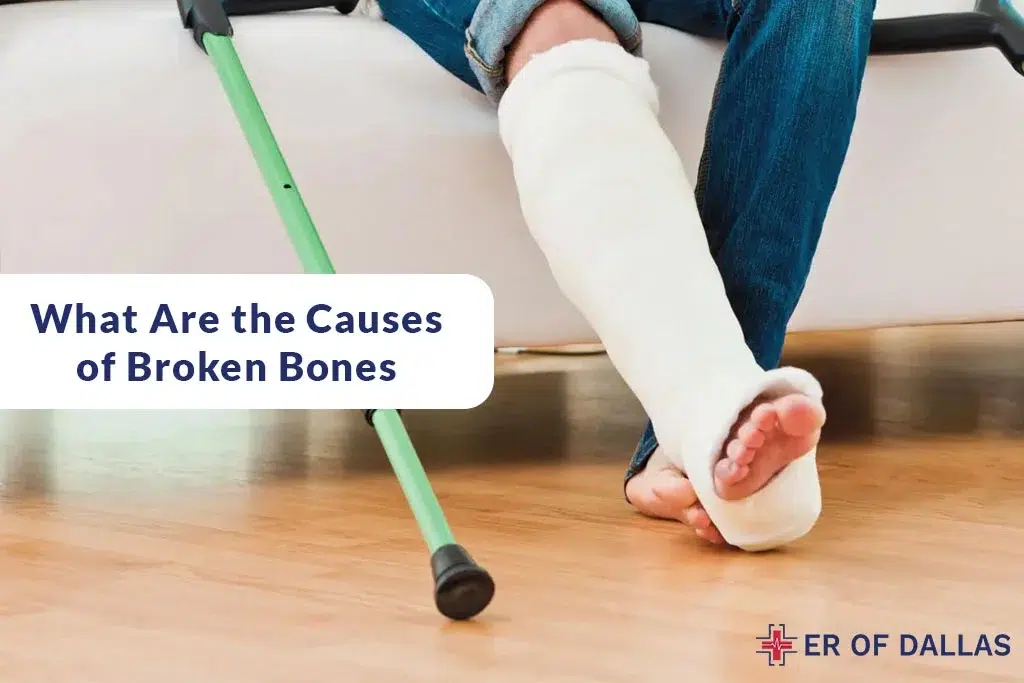
The main causes of bone fractures are physical damage, misuse, and medical disorders like osteoporosis that weaken the bones. A person’s risk of fractures may also be increased by other variables.
As people age, their bones usually get weaker and more prone to shattering. An individual’s chance of experiencing a disorder that weakens their bones increases with age.
Occasionally, there can be no trauma involved in a bone fracture. Sports and other repetitive activities, like jogging, can cause stress fractures. In a similar vein, prolonged use of the same motion over time can lead to overuse syndrome in your hands and arms. If you play an instrument or use your hands in the same way every day at work, you are more likely to suffer from a stress fracture.
What Are the Symptoms of Broken Bones
Symptoms of a fracture vary depending on its location, a person’s age and general health, and the severity of the injury.
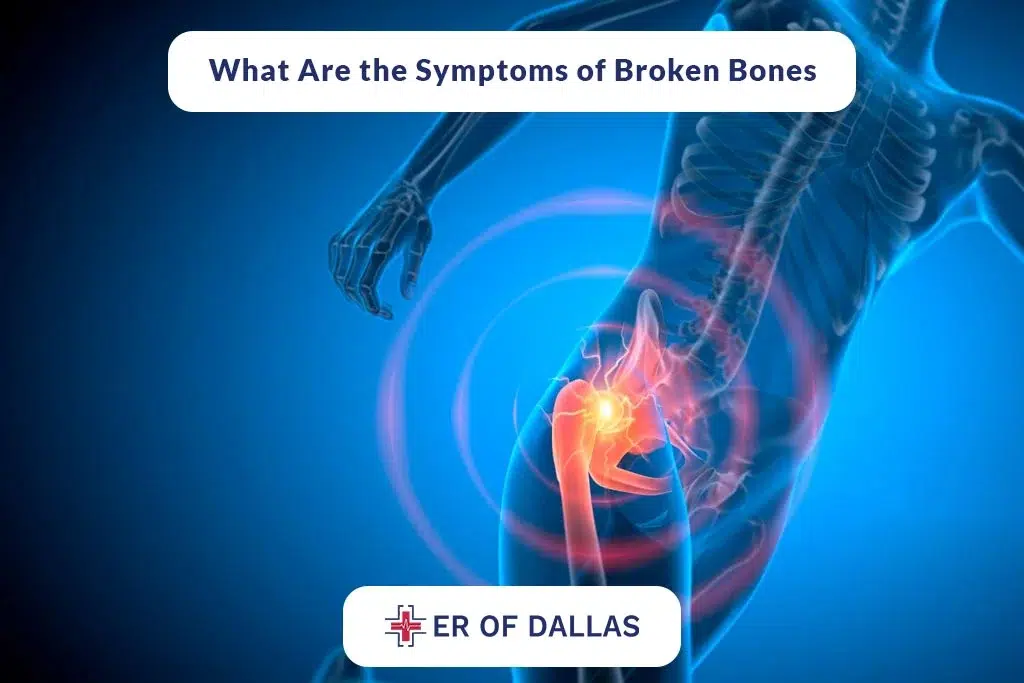
However, people with a bone fracture will typically experience some of the following:
- Pain
- Swelling
- Bruising
- Bleeding if it is an open fracture
- Discolored skin around the affected area
- Protrusion of the affected area at an unusual angle
- Inability to put weight on the injured area
- Inability to move the affected area
- A grating sensation in the affected bone or joint
How to Diagnose Broken Bones
Your healthcare professional will use imaging studies and a physical examination to identify a bone fracture. If you are admitted to the emergency room following a trauma, this may occasionally be done there.
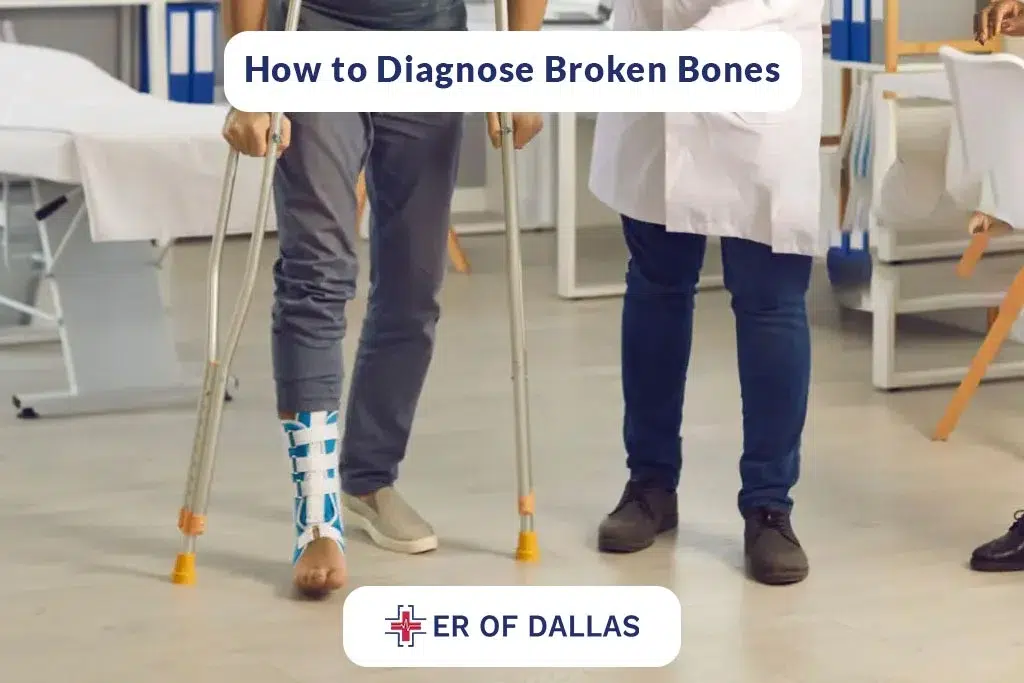
If you’re brought to the emergency room, a group of medical professionals will stabilize you and treat your wounds according to severity, particularly if they are potentially fatal. You will require imaging testing to confirm any fractures after stabilizing.
You’ll need at least one of a few imaging tests to take pictures of your fracture:
- X-rays: An X-ray will confirm any fractures and show how damaged your bones are.
- Magnetic Resonance Imaging (MRI): Your provider might use an MRI to get a complete picture of the damage to your bones and the area around them. An MRI will show tissue like cartilage and ligaments around your bones, too.
- CT scan: A CT scan will give your provider or surgeon a more detailed picture of your bones and the surrounding tissue than an X-ray.
- Bone scan: Healthcare providers use a bone scan to find fractures that don’t appear on an X-ray. This scan takes longer, usually two visits four hours apart but it can help find some fractures.
What Treatment Do We Use to Treat Broken Bones
How your fracture is treated depends on which type it is, what caused it and how damaged your bones are.
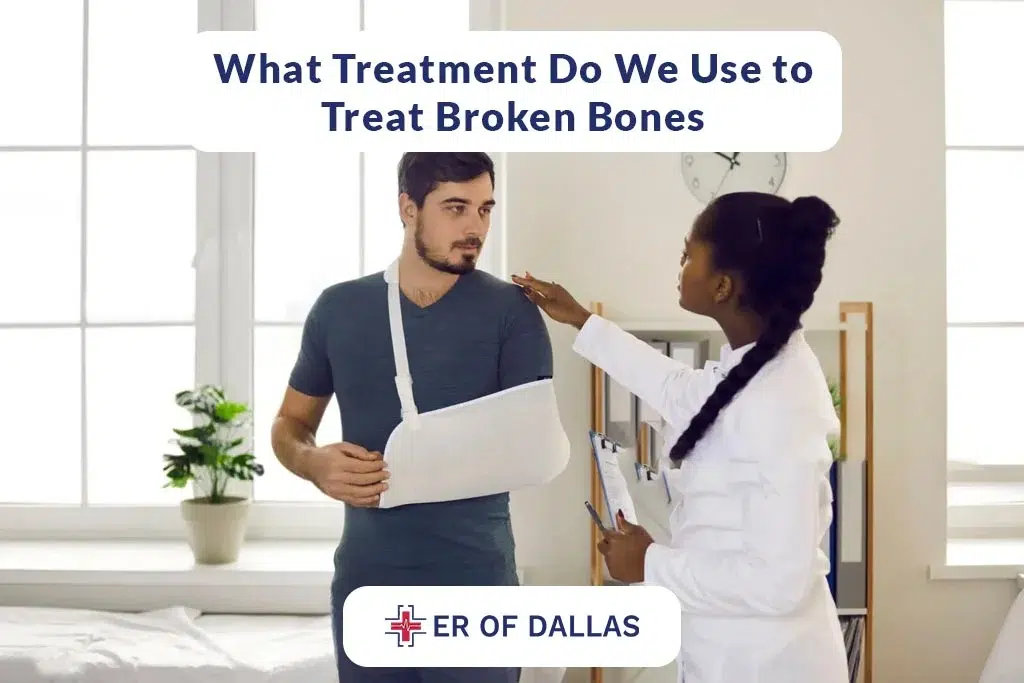
Immobilization
If your fracture is slight and your bones have not migrated considerably out of place, you might not even need a cast or splint. Splinting usually takes three to five weeks to complete. If necessary, a cast may be required for a prolonged duration of six to eight weeks. In both cases, more X-rays will likely be required to make sure your bones are mending properly.
Broken Bones Surgery
Surgery is necessary for certain bone fractures. Depending on the kind of fracture you have and the extent of the bone damage, your surgeon may employ a few methods.
External Fixation
Perhaps you require an external fixing. To link the screws to a brace or bracket around the bone outside of your body, your surgeon will drill holes in your bone on either side of the internal fracture. Usually, this is a stopgap measure to stabilize your fracture and allow it to heal before receiving an internal fixation.
Internal Fixation
Your bones will be securely placed once your surgeon realigns them to their proper alignment, allowing them to mend and grow back together. Typically, they carry out an internal fixation, in which your surgeon places small metal bits into your bone to stabilize it while it heals. To allow your bone to mend completely, you must minimize how much you use that area of your body.
Techniques for internal fixation consist of
- Rods: A rod that runs from top to bottom and is put into the middle of your bone.
- Plates and screws: To keep the parts together in situ, metal plates are screwed into your bone.
- Pins and wires: Too-small bone fragments are secured in place by pins and wires. Usually, they are utilized in conjunction with either rods or plates.
Some people have these implants in them permanently. It may require more procedures to eliminate them.
Arthroplasty
Should you break a joint (e.g., your knee, elbow, or shoulder), you may require an arthroplasty (joint replacement). Your surgeon will remove the injured joint and replace it with an artificial joint. The prosthesis, or prosthetic joint, may be made of heavy-duty plastic, ceramic, or metal. The replacement joint will appear and move as your original joint.
Bone Grafting
If your fracture is very dislocated or if your bone isn’t mending back together as it should, you may require bone grafting. To repair your broken bone, the surgeon will introduce more bone tissue. Following that, an internal fixation is typically performed to hold the fragments together while your bone grows back. There are several sources for bone grafts:
- Internally from another location within your body, typically the upper part of your hip bone.
- An outside contributor.
- A synthetic substitute component.
You will immobilize your bone following surgery. Before you can begin using it the way you did before your fracture, you’ll need to wear a sling, brace, cast, or brace.
Closed Reduction
For more severe breaks in your bones to be fixed (realigned), a closed reduction is required. During this non-surgical procedure, your healthcare provider will physically push and pull your body from the outside to realign the fractured bones inside of you. To help you feel comfortable during the process, you will get one of the following:
- Put some local anesthetic on the area surrounding your fracture to make it numb.
- A general anesthetic will be used to put you to sleep during the procedure.
- Sedatives to promote general relaxation.
After the closed reduction, your medical professional will put you in a cast or splint.
Broken Bones Vs Sprain
Sprains are extraordinarily common whether you’re a high-level athlete, a weekend warrior, or even just take a misstep off of a curb. Oftentimes sprains can be treated without surgery and a diligent course of physical therapy and strengthening, but sometimes those problems can linger and require surgery. An ankle sprain occurs when there’s a kind of forced rotation of the foot or rolling over the foot.
Most commonly it’s the outside of the ankle that’s involved in ligaments primarily the sprain is a stretching or tearing of those ligaments, and it’s not that they tear in half and they’re no good typically it’s kind of more of stretching of those ligaments and in truth, it results in laxity your ankle will move in ways that it shouldn’t for a period of time but more often than not the body heals that that sprain with scar tissue that actually becomes tighter than it normally is and that’s really one reason for physical therapy after an ankle sprain.
Stress fractures are also very common they commonly occur for a variety of reasons. It’s either that there’s something abnormal about the bone or that you’ve asked the bone to do something abnormal. What I mean by that is in some way you’ve increased your activity faster than the bone can strengthen itself now typically stress fractures in the foot generally the pain on the top of the foot there may or may not be much in the way of swelling but there’s usually tenderness meaning that if you push on the area it is sore to touch so if you’ve had a change in activity been doing a little bit more and develop pain that hurts when you walk or certainly hurts more when you try to run on it that’s concerning for a stress fracture.
Broken Bones Vs Bruise
Both severe wounds A strong force striking your body, most frequently from a fall, car accident, or sports injury, can result in bone fractures and bruises. It depends on how much bone damage there is.
Your bones are prone to bruises in many of the same ways as your skin because they are living tissue. Even though they are similar injuries, bruising a bone takes a lot more work than bruising skin. Should something hit your bones with enough force, they can bleed without fracturing. Blood that has become trapped beneath the surface of your bone after an accident is what causes a bone bruise.
You have a bone fracture when an object hits your bone with enough force to break it in at least one place in addition to causing damage. Fractures are more serious injuries and may heal more slowly than bone bruises.
If, following a trauma, you experience discomfort on or near a bone, go in to see your doctor or the emergency room very away. It is imperative that you get a bone scan as soon as possible, no matter what kind of damage you have.
Broken Bones Vs Fractures
Broken bones and bone fractures are the same injury with the same meanings. They may be used interchangeably. Since a fracture is the medical word for a broken bone, once they have made the diagnosis, your healthcare practitioner will most likely refer to your fractured bone as a particular kind of fracture.
How Does Broken Bone Heal?
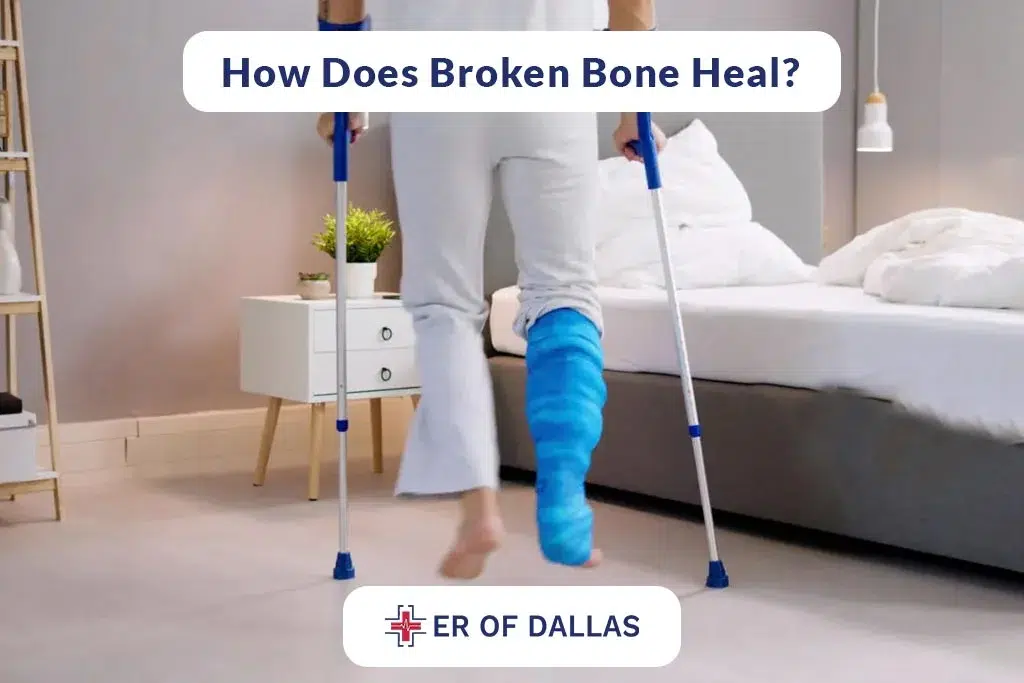
Fracture Stage:
When the bone is broken, that’s called a fracture. The fracture goes through different stages to achieve healing. It is a stage of hematoma from the fracture, followed by a stage of inflammation, followed by a stage of soft callus, followed by hard callus, followed by remodeling.
Hematoma Formation
When the fracture occurs, there will be bleeding at the fraction site, and this will make a fibrin blood clot. The stage of hematoma is followed by the stage of inflammation. There’ll be a lot of cells, macrophages, and mesenchymal stem cells.
Inflammation Phase
The stem cells migrate to the fracture from the granulation tissue and release growth factors that help in healing the fracture and that helps in uniting the fracture together cox-2 Inhibitors and non-steroidal depresses run X2 which is important for differentiation of the osteoblast.
Soft Callus Formation
The stage of inflammation is followed by the stage of soft callus. A soft callus will occur within two weeks. The amount of callus correlates with immobilization. The stiffer the immobilization, the less amount of callus flexible fixation will result in endochondral ossification of abundant callus.
Hard Callus Formation
Secondary bone healing will occur when the fixation is not rigid such as with the cast or intermedullary rod and there will be endocardial ossification some cartilage type 2 collagen in primary bone healing will be type 1 collagen bone is formed first before cartilage then the bone takes number one collagen and the cartilage takes number two collagen stage of hard callus hard callus the collagen changes from type 2 to type 1.
Remodeling Phase
Then the last stage is the stage of remodeling begins early and continues many years after the fracture has healed the woven bone will be replaced by a stronger laminar bone and the fracture healing will be complete with the continuation of the medullary canal the remodeling of the bone is influenced by the wolf’s law that means that the bone is affected by stress so you start by stage of hematoma inflammation soft callus hard callus remodeling in this order thank you very much I hope that was helpful.
How Long Can Broken Bones Go Untreated
If the fracture is not treated within four weeks, the patient will need surgery to correct it. The wound may become necrotic if it does not heal fully. Spinal fractures frequently go undetected. In the event that the patient was rendered paralyzed due to serious harm, there will be grounds for a claim.
Broken Bones X-ray: How They Work?
Few X-rays can get through a bone or tumor because they are denser than soft tissues; as a result, they appear white. An X-ray beam appears as a dark line in the white bone as it travels through a break in a bone.

When electricity heats a negatively charged electrode and releases electrons, energy is created, which causes an X-ray. High-velocity radiation is directed toward a metal plate or anode, and an X-ray is created when it collides with the metal plate’s atoms.
Takeaway
Even though fractures of the bones are common, they can nevertheless be frightening. Visit the ER of Dallas if you break a bone. Most bone breakers fully recover and can resume their pre-injury activities and routines with no lasting effects.
Take your time recovering. Although it can be annoying, giving your body the time it needs to mend is the greatest approach to prevent more damage to your bone while it is healing.

